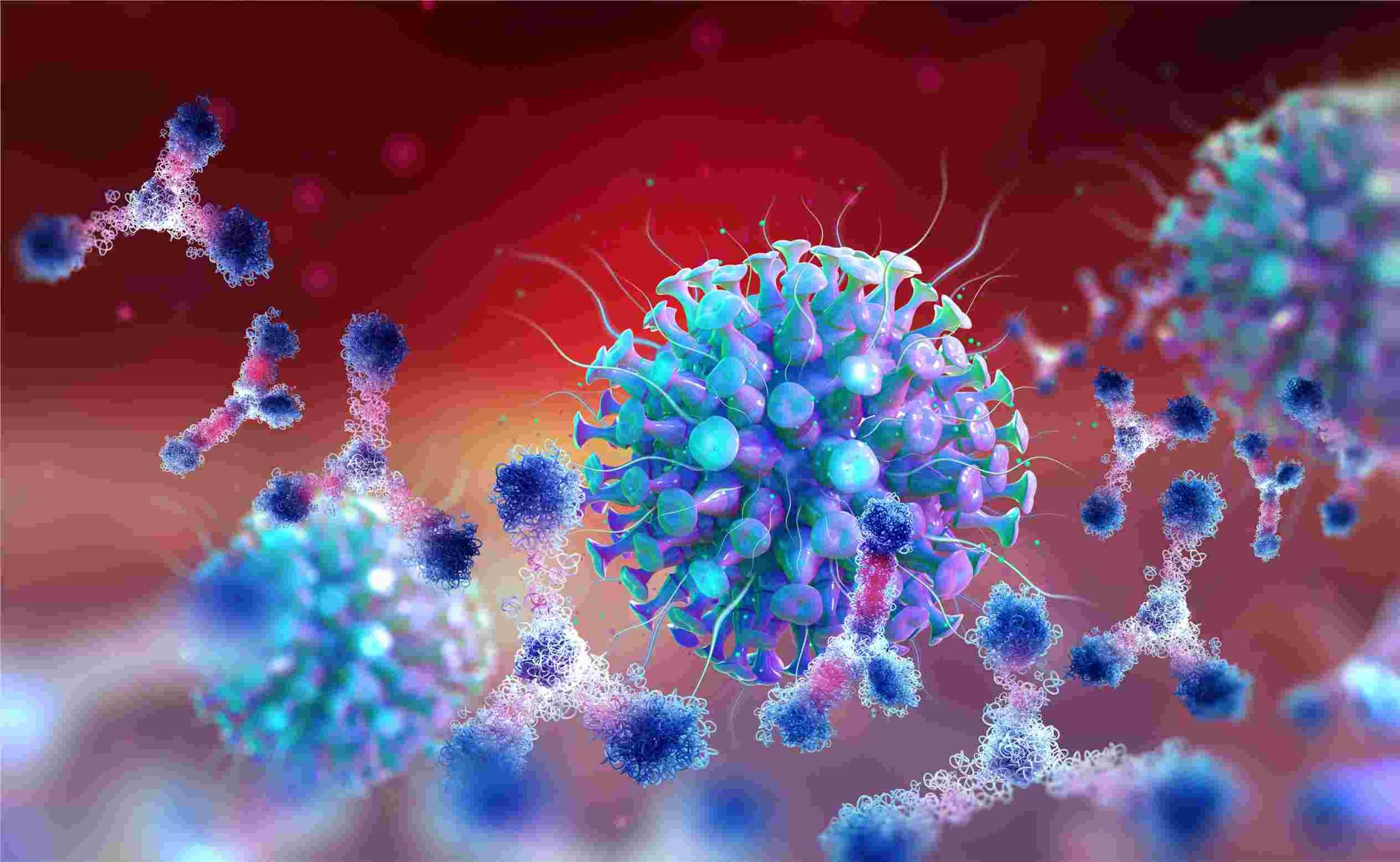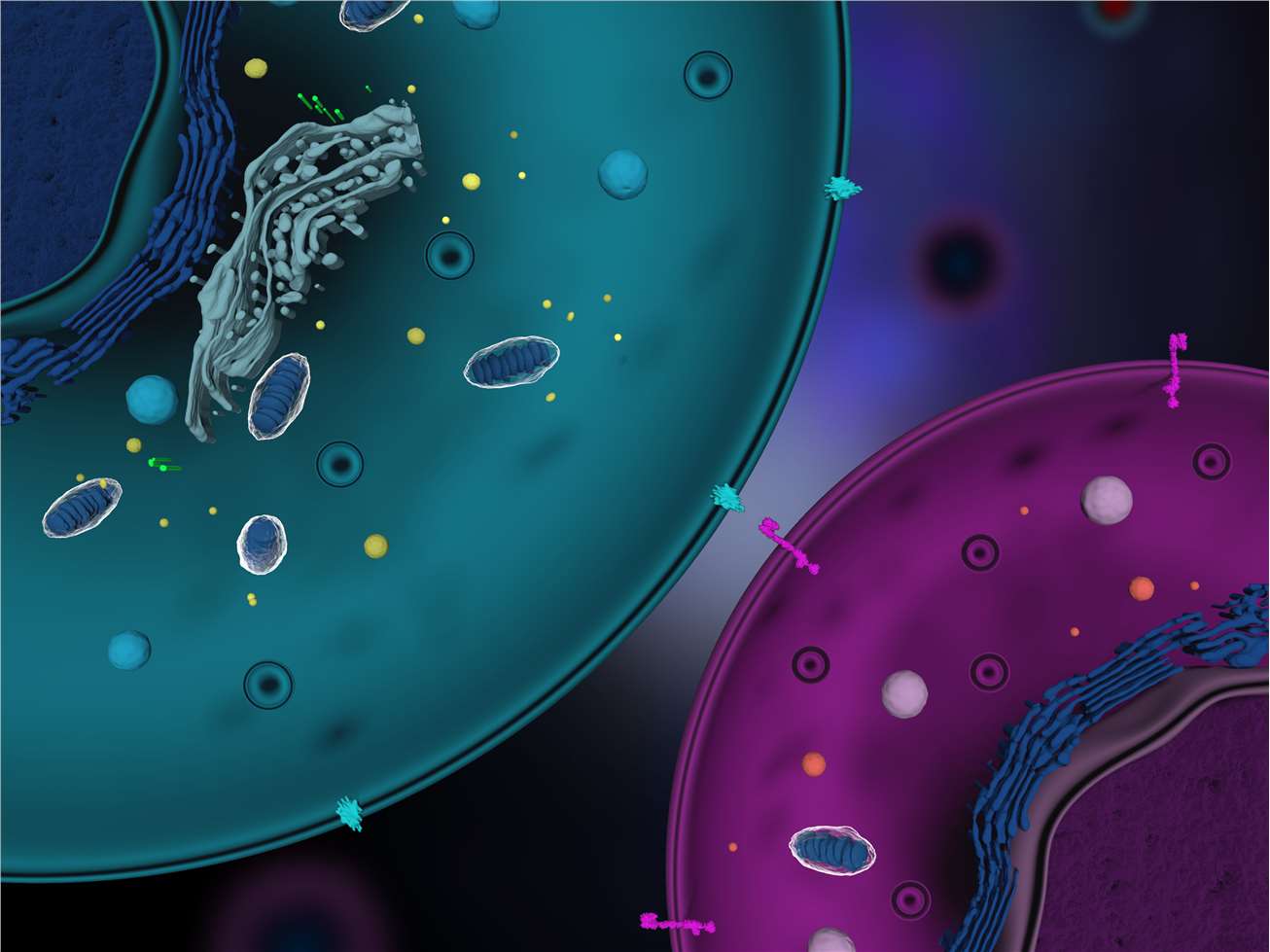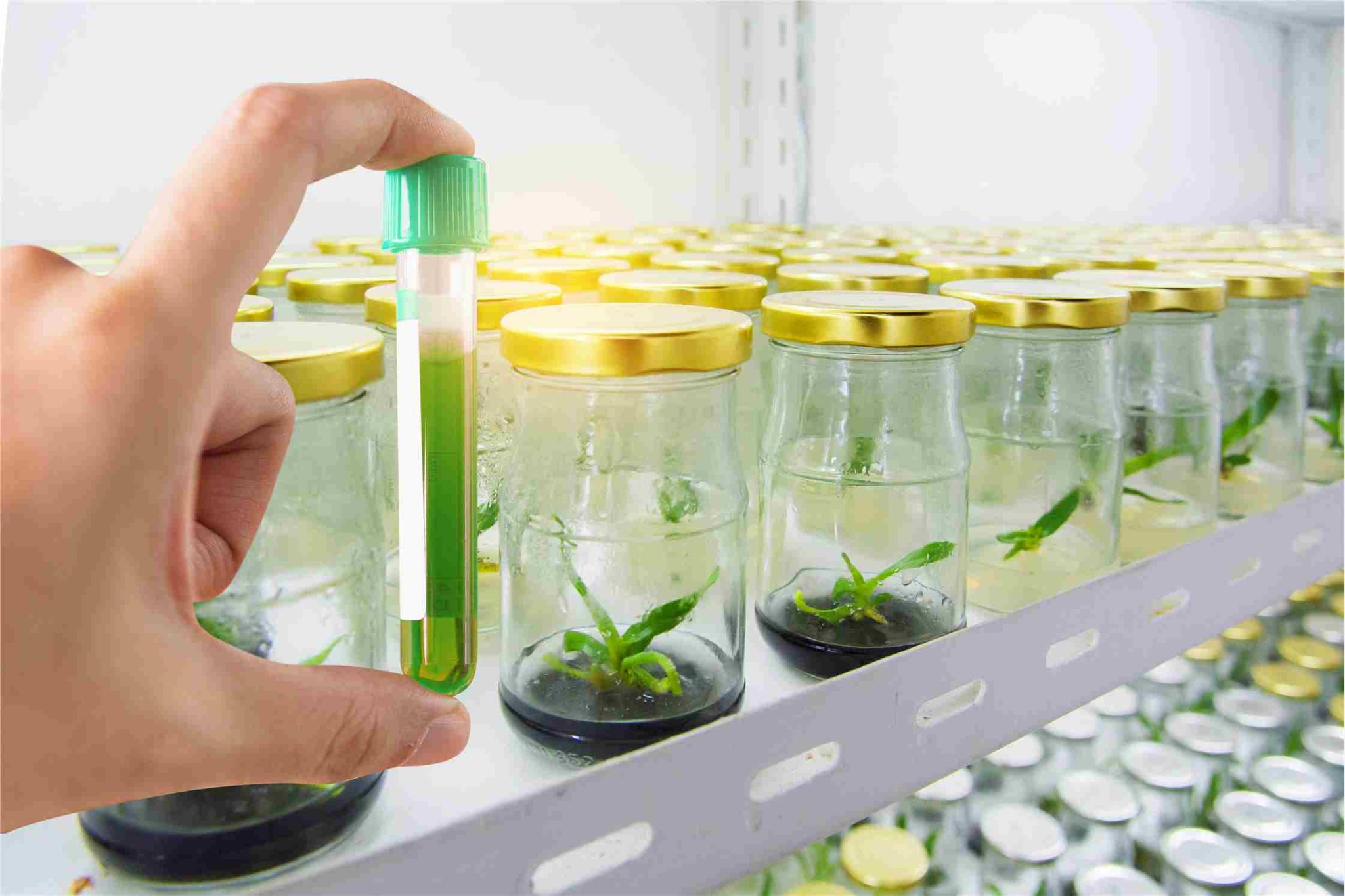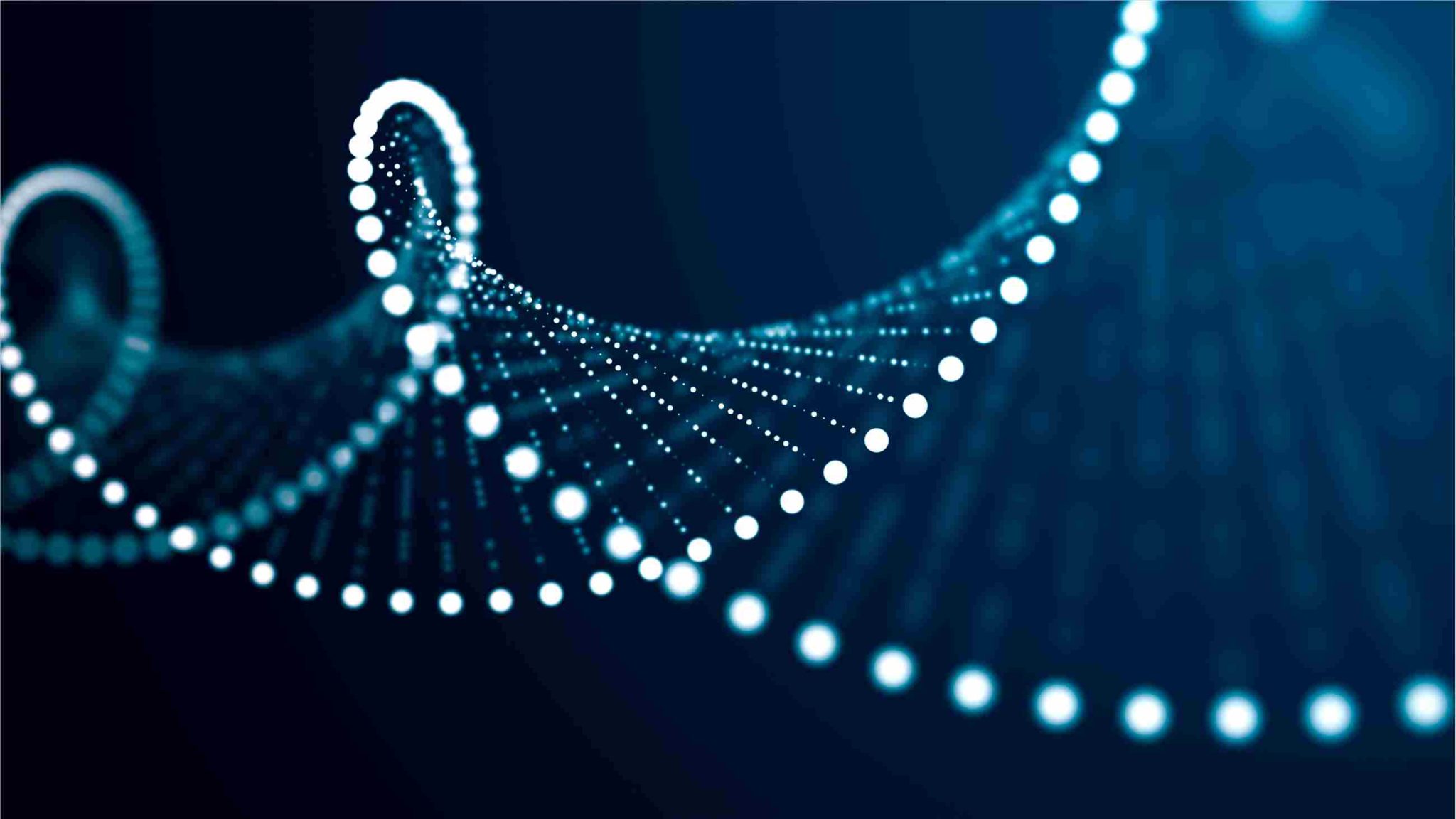Chemical Engineering - Publication
10 Publications found
Polyphenolic and Flavonoids Contents and Antibacterial Activity of Hydro-Ethanolic and Aqueous Extract of Fresh Leaves of Gardenia Aqualla Staph and Hutch (Rubiaceae)
Authors: Claude Berenger Ngantchouko Ngalemo , Gisele Laurel Tchiengang Tchoua , Francois Nicaise Bony , Blondin Gatien Tsawo , Patrick Yamen Mbopi , Stephane Kevin Ndengue Langoul , Jean Michel Tekam , Pierre Rene Fotsing Kwetche
In Chemistry, Chemical Engineering
Erectile dysfunction has become for two decades, a real public health problem. Its prevalence is estimated at 322 million in 2025. Its management is based on the administration of phosphodiesterase inhibitors alone or in combination. Infections have been rarely mentioned although E coli, Staphylococcus aureus, Klebsiella pneumoniae or Serratia marcescens are recognized as factors of erectile dysfunction. The purpose of this study was to evaluate the phytochemical profile of the aqueous (AE) and hydroethanolic (HE) extracts of the fresh leaves of Gardenia aqualla and to determine their antibacterial potential on bacteria involved in male accessory gland infections. The aim of this study was to evaluate phytochemical profile of aqueous (AE) and hydroethanolic (HE) extracts of fresh leaves of Gardenia aqualla and to determine their antibacterial potential on bacteria involved in male accessory gland infections. Phytochemical profile highlighted the presence of alkaloids, polyphenols with concentrations of 434.5 ± 14.5 mgEq Tannic acid/g of dried extract greater than 249.5±18.3 mgEq Tannic acid/g of dried extract found in AE including flavonoids whose concentrations is 184.9 ± 6.3 μgEqRutin/g of dry extract in HE against 183.0±9.1 μgEqRutin/g of dried extract in AE. Antibacterial tests showed equivalence of activity on E coli and S aureus strains with MICs of 100 mg/mL and 50mg/mL respectively and only HE showed activity on Klebsiella pneumoniae and Serratia marcescens which had the lowest MIC 6.25 mg/mL.

Ready-Mix Concrete: Trends and Opportunities in the Market
Authors: Michael Tolston
In Education, Economics & Management, Agriculture, Chemical Engineering, Civil Engineering

Therapeutic Opportunities and Challenges for Lipogenesis Inhibitor Development
Authors: Alex Brown
By Alex Brown

Organic Coagulants: Insights into the Organic Coagulant Market
Authors: Pramod Kumar
In Engineering, Chemicals and Drugs, Chemical Engineering
By Pramod Kumar
Explore the eco-friendly solutions of organic coagulants and their essential role in water and wastewater treatment. Stay informed about the latest market analysis, emerging trends, innovations, and industry players shaping the Organic Coagulant Market.

Strategies and Challenges for the Next Generation of Antibody-Drug Conjugates
Authors: Alex Brown
By Alex Brown


Navigating the Academic Terrain: Evaluating the Best Websites That Write Essays for You
Authors: Robert Briggs
By Orpha Tipton

EasyJet Charles de Gaulle Airport Terminal
Authors: Kaela Hierholzer
In Arts and Humanities, Engineering, Chemical Engineering, Civil Engineering
By noah smith

